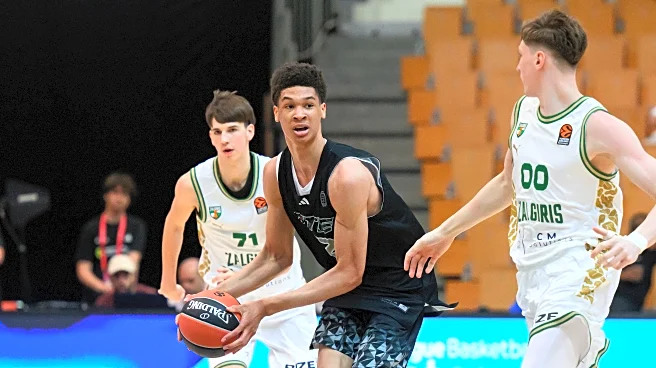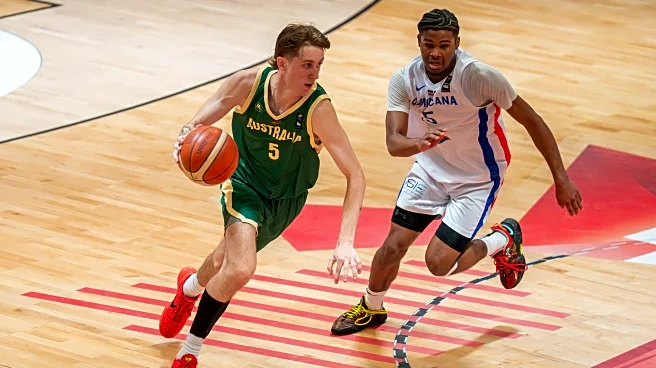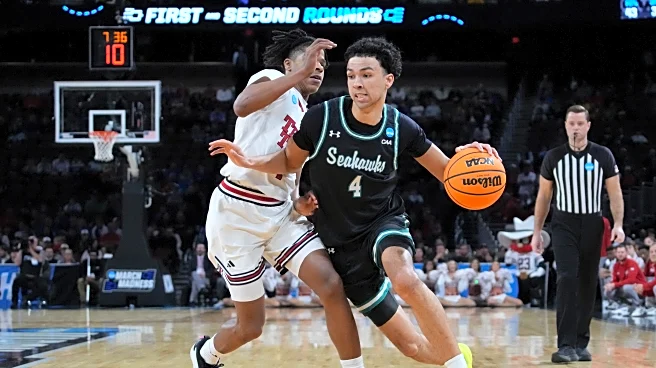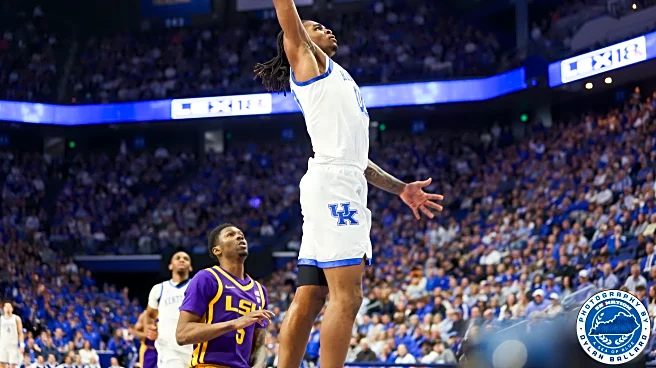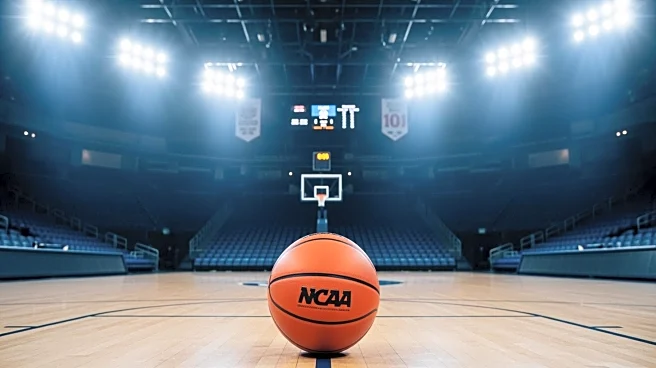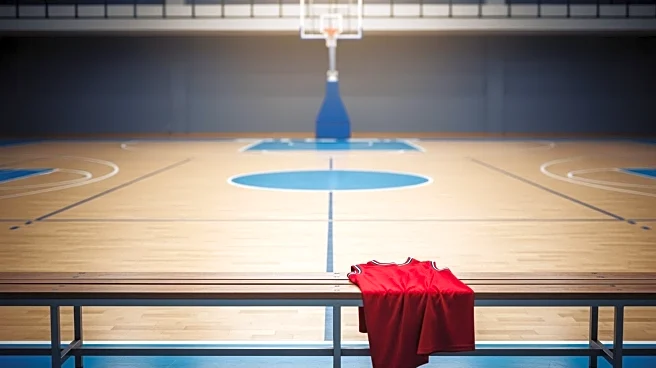What's Happening?
Steven Ashworth, a guard for Creighton, has emerged as a key player in the NCAA Tournament, showcasing his experience and skill. During a first-round game against Louisville, Ashworth helped his team secure
a 49-34 halftime lead by contributing 13 points and making three out of six 3-point attempts. At 24 years old, Ashworth is in his fifth season of college basketball, having received an additional year of eligibility due to the COVID-19 pandemic. His career began at Utah State in 2020, and he transferred to Creighton after the 2022-23 season. Ashworth is known for his shooting ability, averaging 16.3 points, 6.8 assists, and 4.1 rebounds per game this season.
Why It's Important?
Ashworth's performance is significant as it highlights the impact of experienced players in college basketball, particularly during high-stakes tournaments like March Madness. His ability to lead and score effectively can be a decisive factor for Creighton as they advance in the tournament. Additionally, Ashworth's story of balancing family life with a demanding sports career adds a human interest element that resonates with fans. His success could inspire other athletes who take non-traditional paths in their careers, emphasizing the value of perseverance and adaptability.
What's Next?
As Creighton progresses in the NCAA Tournament, Ashworth's role will likely continue to be pivotal. His performance could attract attention from professional scouts, potentially influencing his future career opportunities. Creighton's success in the tournament may also boost the team's visibility and recruitment prospects. Fans and analysts will be watching to see if Ashworth can maintain his high level of play against tougher competition in the later rounds.
Beyond the Headlines
Ashworth's journey reflects broader themes in college sports, such as the impact of the COVID-19 pandemic on athlete eligibility and the increasing age diversity among college athletes. His story also touches on the cultural aspects of balancing sports with personal commitments, as he is a member of The Church of Jesus Christ of Latter-day Saints and served as a missionary before starting his college career. These elements contribute to a richer narrative about the evolving landscape of college athletics.




